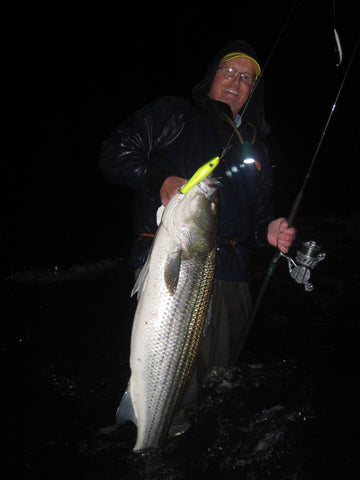
Steve McKenna is a surf fishing legend. He wrote this great overview when he worked at the shop in the late 2000's. We have updated as needed to replace products that no longer exist and to optimize the format for Google search. This kind of knowledge and experience stands the test of time. Enjoy.
About three years ago I started working at a large bait and tackle store located in Rhode Island. During the course of my job duties at the shop I routinely fielded a myriad of questions from hundreds of customers daily ranging from what’s the price of a dozen sea worms to where’s the restroom. Most of the inquiries directed towards me however centered on surfcasting for striped bass, probably since this is my expertise. A lot of these questions, as you might assume, are from inquisitive patrons who are just getting started in this method of saltwater fishing, or from those folks who have been only surf casting for a while and who are thirsty for detailed information so their trips to the shoreline will be more productive.
From this group of budding and novice surfcasters the questions asked of me are always the same:
- What gear do I need?
- What lure or bait should I be using? And...
- Where’s the best place to catch a striper?
It is those three pressing questions which have motivated me to write this article. Therefore, the following is a fundamental guide which will answer those important aforementioned questions and hopefully make surf casting a bit easier, much more enjoyable and perhaps, result in all of you new people landing a keeper or two during the upcoming season. Let’s get started!

Essential Surf Fishing Gear
Before setting foot on the beach a neophyte surf-caster must acquire several pieces of rudimentary gear which are absolutely necessary. The foundation of any successful surf-fishing endeavor includes proper rod, reel, and line selection plus other fundamental accessories.
Surf Rod
Walk into any well stocked tackle store and a new person to surf-fishing will quickly be overwhelmed. There are just too many choices. To reduce your anxiety level a bit, try to adhere to the following simple formula when selecting a good rod for the surf.
First of all, beginners are strongly advised to stay away from conventional tackle, i.e. revolving spool reels and matching rods. This style of fishing tackle can be difficult to master which may detract from a rookie’s overall enjoyment. Therefore, a surf rod coupled with a spinning reel should be your first choice. Said rod should be at least 8 ½ feet with a 9 footer being the best overall length. Moreover, this stick is best in medium action with lure weight ratings between 3/4 oz. to 2 or at most 2 ½ oz. Your surf rod should also have a reel seat made of graphite/stainless steel composite for convenience. And a good surf stick should have a set of ceramic guides and tip top.
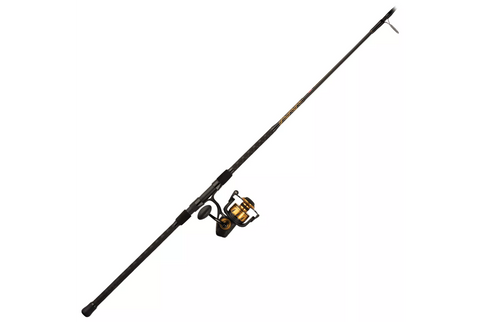
Also, depending on your budget try to select a rod that is either graphite composite or 100% graphite. The latter is generally more expensive. These rods will run anywhere between 100 and 400 dollars. Fiberglass rods are still available and usually cheaper, heavier and less responsive so I would still stick with a graphite composite model. These rods are generally more reasonable in price than pure graphite rods. Plus, graphite composite sticks usually have more forgiving action than all graphite models which, in my opinion, make for a better all around fishing tool that is more fun to fish with.
Saltwater Edge Recommendations:
Intro Surf Rods for less than $150
Surf Reel
Making a decision on a reel can be as confusing as rod choice for anyone unfamiliar with or new to the art of surf fishing. There are just too many choices. Another factor to keep in mind is that saltwater is brutal on gear; especially reels. Whatever your reel choice is, look for something with a sealed drag, aluminum or stainless components, and can easily be rinsed out after fishing. Try and test your prospective rod and reel together to make sure they balance and feel right.
Also, spray your reel with some type of anti-salt/lubricant such as WD-40 or CRC-656 every so often. This five minute procedure will ensure that your gear will be in tip top condition for each successive trip to the sea.

Saltwater Edge Recommendations:
Intro Surf Reel for less than $150
Line
Fishing line is probably the most important item any surf-caster should consider before heading to the beach. Remember, line is your link to the fish so no angler should take it for granted. Consequently, a novice surf-fisherman should buy good quality line. My best advice to the new surf guy or gal would be spend a few extra bucks to fill their reels with braid. Modern braids have amazing castability, durability and abrasion resistance. Braid can be expensive but you only need 200 yards or so. To save a few bucks put 70-100 yds of monofilament on the reel first. If you plan to fishing around boulders and docks prioritize durability. If you are on sand mostly opt for casting distance.
Saltwater Edge Recommendations:
Power Pro - best durability
Berkley X9- best casting distance
Leaders
Running line (from your reel) should never be connected directly to your lure. A buffer zone is needed between line and lure because fish have spines, fins, and sharp edges which will quickly part even 20 pound test mono. Also, a lot of surf-fishing is done around rocky, reefy areas which will abrade running line causing it to fail usually at the worst possible moment. Therefore, use at least a 36 inch piece of 30 to 50 pound test monofilament material. Tie this heavier trace of line to your running line via an Albright knot . Use a high quality heavy clip at the other end to attach your lures. This will save you having to tie knots and constantly rebuild your leader. Five bucks well spent.

Saltwater Edge Recommendation:
Waders and Wading Boots
Waders are an absolutely necessary piece of gear if you want to surf fish correctly. They are almost as important as a good surf stick, reel, and line. Since most surfcasting takes place near or in the water keeping dry and comfortable is paramount. Therefore, buy the best pair of waders that you can afford. The old saying “You get what you pay for” particularly rings true when considering waders. I’d stay away from waders made from 100% rubber. They are usually very, very heavy and will wear you down quickly. Remember, surf fishing means walking over sandy beaches or tough, rocky terrain. So it would be in your best interest to get the lightest, most durable pair your pocket book allows. Waders sold by Simms, Orvis, and others fit the bill for surfcasters and won’t break the bank.
Also, there are two types of waders: stocking foot or boot foot. Stocking foot waders allow a better fit with you wading boot which adds to comfort and ultimately safety. Most wader come with a wading belt included and this is also an absolutely critical piece of safety gear.
Saltwater Edge Recommendation:

If you decide to do some rock hopping make sure you have some metal cleats in the way of Korkers or Grip Studs. Rocks can be slippery from seawater, seaweed and algae, the metal cleats do a good job of keeping you upright.
Saltwater Edge Recommendation:

Korkers Greenback Wading Boots

Surf Top
In keeping with the staying dry and comfortable theme while surf-fishing, a novice is strongly advised to have some type of waterproof jacket. Such a jacket will offer added protection from booming surf, residual spray and windy, rainy weather. It's another "you get what you pay for " category. A rain jacket with a zippered front will suffice. In time if you are into it you will want to upgrade
Saltwater Edge Recommendation:
Neck Light or Head Lamp
A lot of surf-fishing takes place during low light periods of the day and after dark. Therefore a quality neck light is essential for illuminating areas where you are wading or walking, tying knots, and unhooking fish. I suggest you tape some surgical tubing to the light and hang it around your neck for easy access and handling.
Headlamps are a great alternative tool for the surfcaster. The light focuses where you look and keeps your hands free. Use the light sparingly when surfcasting and avoid pointing your headlamp in the direction of other fishermen. Look for a headlamp with a red light setting so you don’t lose your night vision when you switch it on. LED headlamps offer incredibly bright white or red light in a lightweight compact package.

Saltwater Edge Recommendation:
Princeton Tec AMP Waterproof Flashlight
Princeton Tec Bite LED Head Lamp
Pliers
I will not go surf-fishing without a pair of good pliers that have cutters. They are essential for un-hooking fish, particularly bluefish and for cutting fishing line and leaders. Buy a pair that at the very least are rust resistant. Aluminum models are a good choice. Make sure your pliers have a line cutting feature though.

Saltwater Edge Recommendation:
Danco Admiral Pliers less than $40
Plug Bag
The last piece of essential gear for the surfcaster is a lure bag. After all, one needs something to tote around their lures, leaders, pliers, and other possibles. Don’t buy a real big one though as you should be traveling light. A simple 5 tube bag will do the trick. There is no need to carry 47 plugs with you. Try to reduce your collection of artificials to a bare minimum.
Look for a plug bag made of waterproof or water resistant material and make sure that it has drains on the bottom. This prevents your plug bag from filling with water.
Check out the next section of this article and you’ll see what I mean.

Saltwater Edge Recommendation:
FJ Neil 5 Tube Surf Bag less than $40
LURES
What lures or bait to use for stripers in the surf? In this category, I would first like to say that surf-casting, at least in my mind, is not soaking a chunk of bait to the bottom, sitting in a lawn chair, drinking a cold one while waiting for a striper to come along. Some people like to “surf-fish” this way but my conception of fishing the edge of the Atlantic is casting an artificial lure into one or more selected spots that I decide to fish. Moreover, surf-fishing to me is a hunt. I am constantly moving and casting looking for some action. With that said, I’ll give my recommendations on what artificials and bait a new surfcaster should be throwing at hungry striped bass. In my opinion a new guy or gal to the surf should "keep it simple" to start with artificial lures. They are pretty easy to use, very productive, and will help the neophyte get comfortable with casting and fishing the beach. We will skip jigs all together as they sink fast and you will be learning the water around you so snags would be inevitable.
These three lure styles will help you cover the water column and stripers love them.

1. Pencil Popper- These topwater lures cast great and are an excellent prospecting lure to use when you first arrive at the beach. Notice the line tie is on the face of the lure which is angled up causing this lure to cruise along the surface.

2. Swimmer- The plastic lip on these style lures have them "swimming" 2-4 feet below the surface. You can vary the retrieve speed to create different actions. They don't cast great but are very effective.

3. Darter - Notice the tie on a darter in is essentially the opposite of the pencil popper above causing this plug to "dig and dive" 4-6 feet below the surface.
With this simple selection someone just getting started in surfcasting can effectively cover the water column and not be overwhelmed by a wide variety of lures
As for color again "keep it simple" some shade of bone/white, chartreuse/ yellow and purple/ black are going to cover the bases. Most bait fish have a white belly so that's a good default color. Dirty water for the bright colors and black for dark nights. This is a good place to start your lure collection.
Where’s the best place to catch a striper?
This is the last and most asked question that I have to address. It is a difficult one because there are just so many spots in the NorthEast where stripers can be caught. My honest response to most budding surf-fisherman is as follows; in the last 30 years of my experience the absolute best place to catch striped bass on a consistent basis is around the mouths of estuary rivers. Such locales are striper magnets drawing plenty of fish from the beginning of their migration until the end. From Maine to New York and South a novice surf-caster will find many locations where tidal river systems flow into the ocean or bays. Moreover, stripers can be caught in these inlets on all stages of the tide (although experience has taught me that ebbing tides produce best).

A good example of an estuary mouth
To locate inlets in your area it is a very good idea to obtain a local nautical chart (s) from a boating supply store or a large book retailer in your area. After finding likely spots on your map, physically travel to each area during the day, ideally at a low tide. Such day time excursions often add important information about access, parking, and physical structure of each locale. Being familiar with a surf-fishing spot is imperative especially if you are planning a night time return.
Now that I have pointed you new folks in the right direction, it is up to the individual surf caster to absorb the fundamentals and expand on them over time. I would also strongly suggest to anyone who wants to catch stripers in the surf to get out as much as your schedule allows. Remember, time spent on the water is invaluable. There is really no substitute! You now have the basic tools and knowledge. Get out and cast and experience all the joys surf-fishing has to offer.




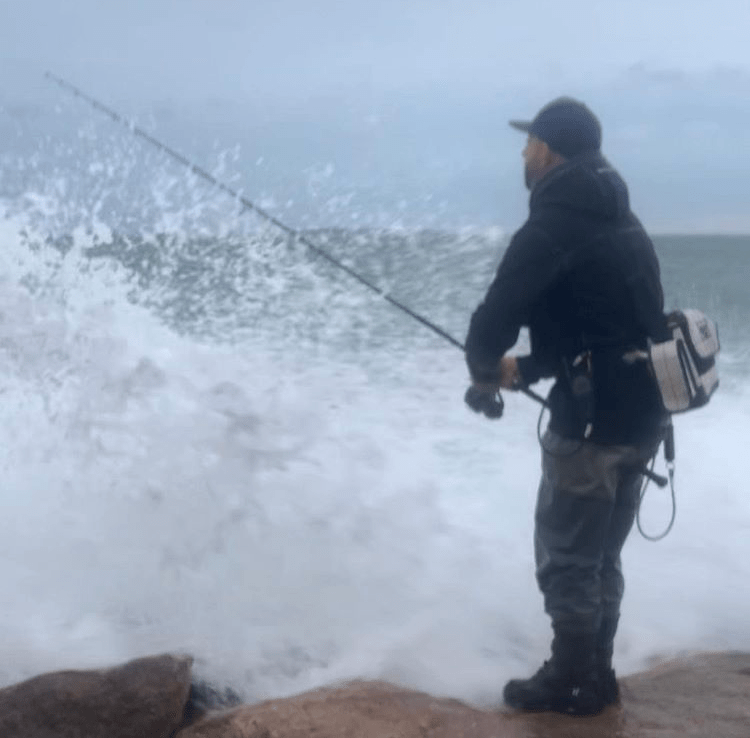

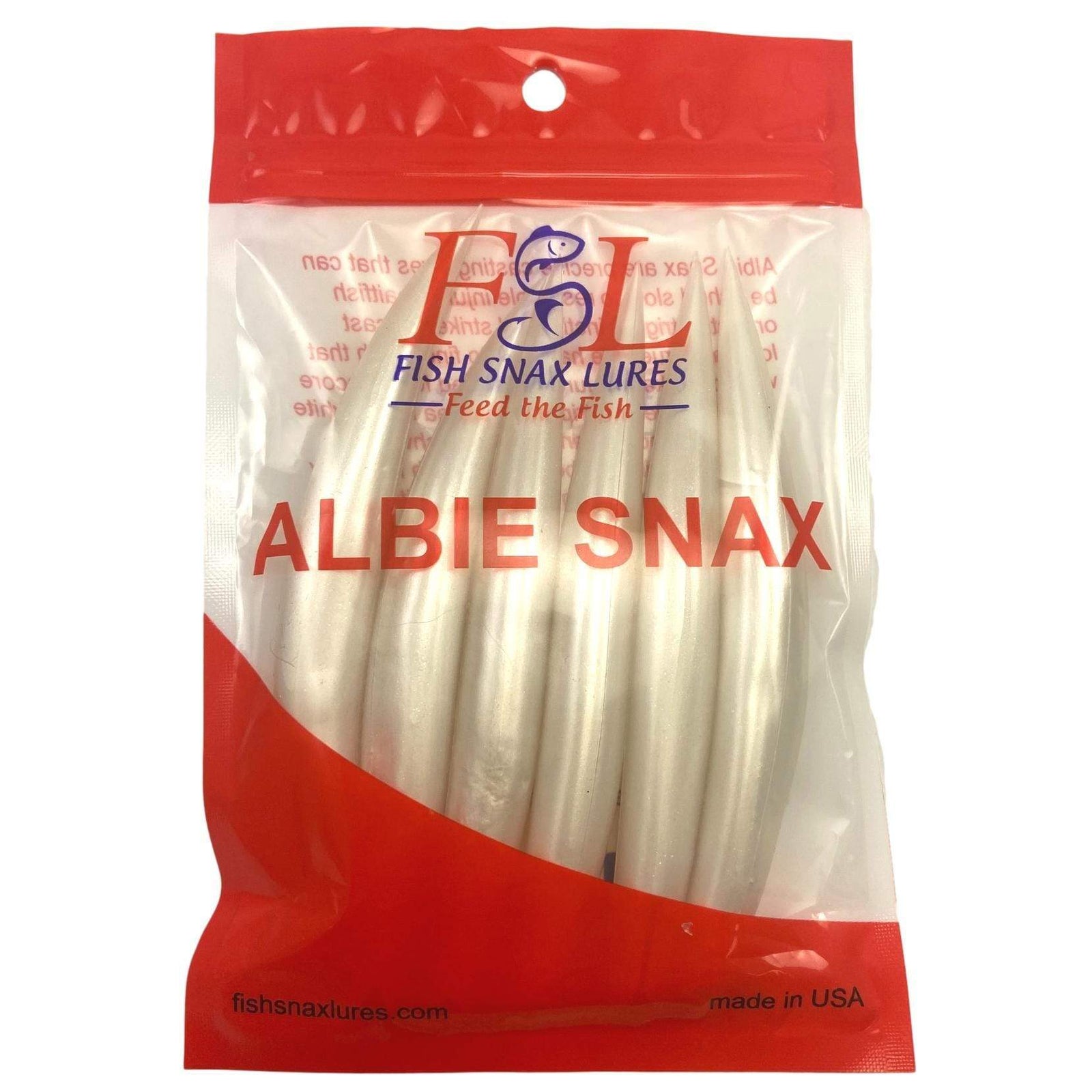

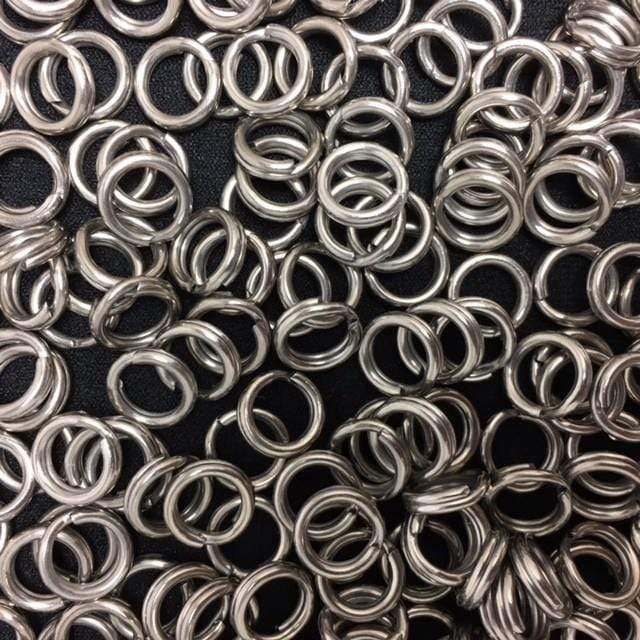
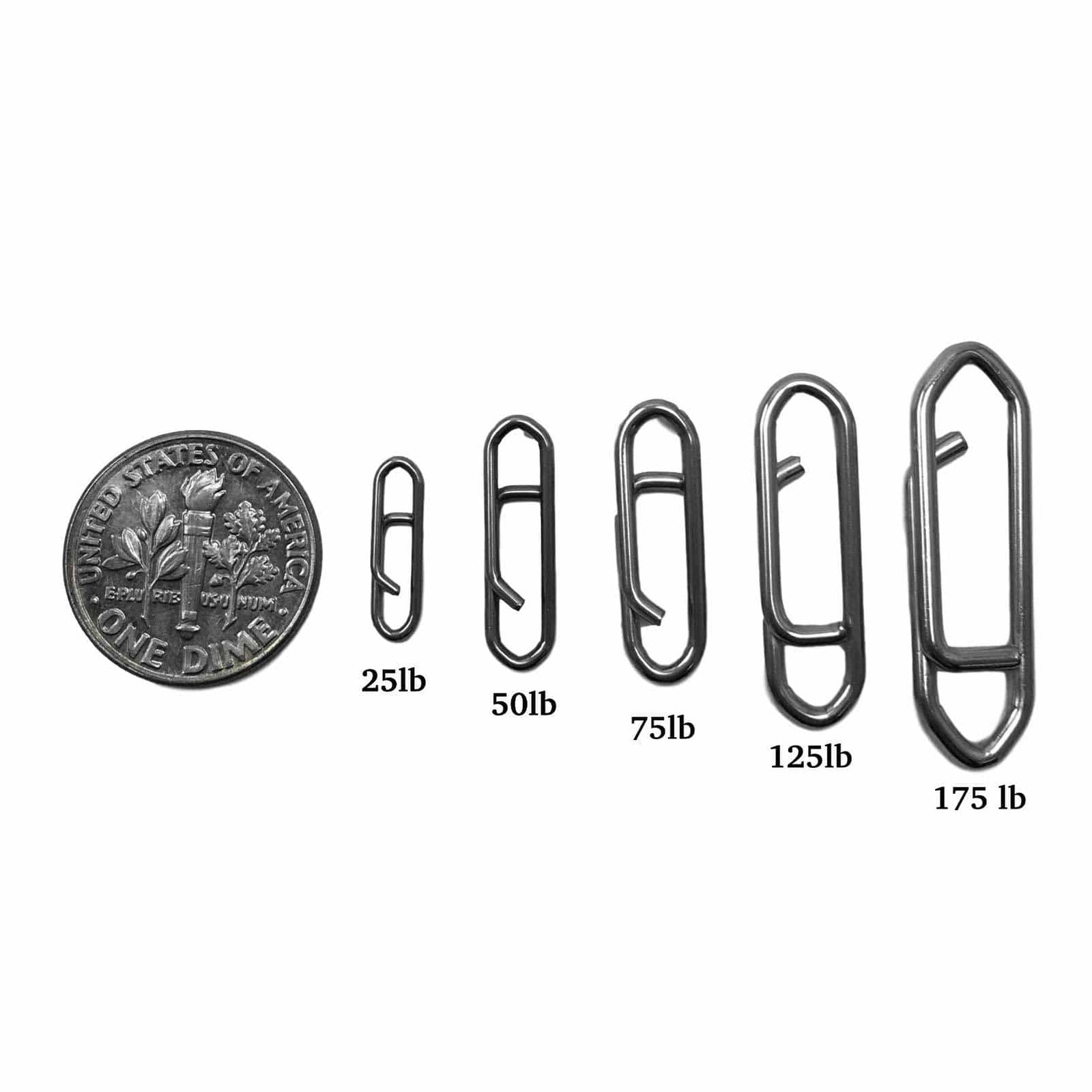

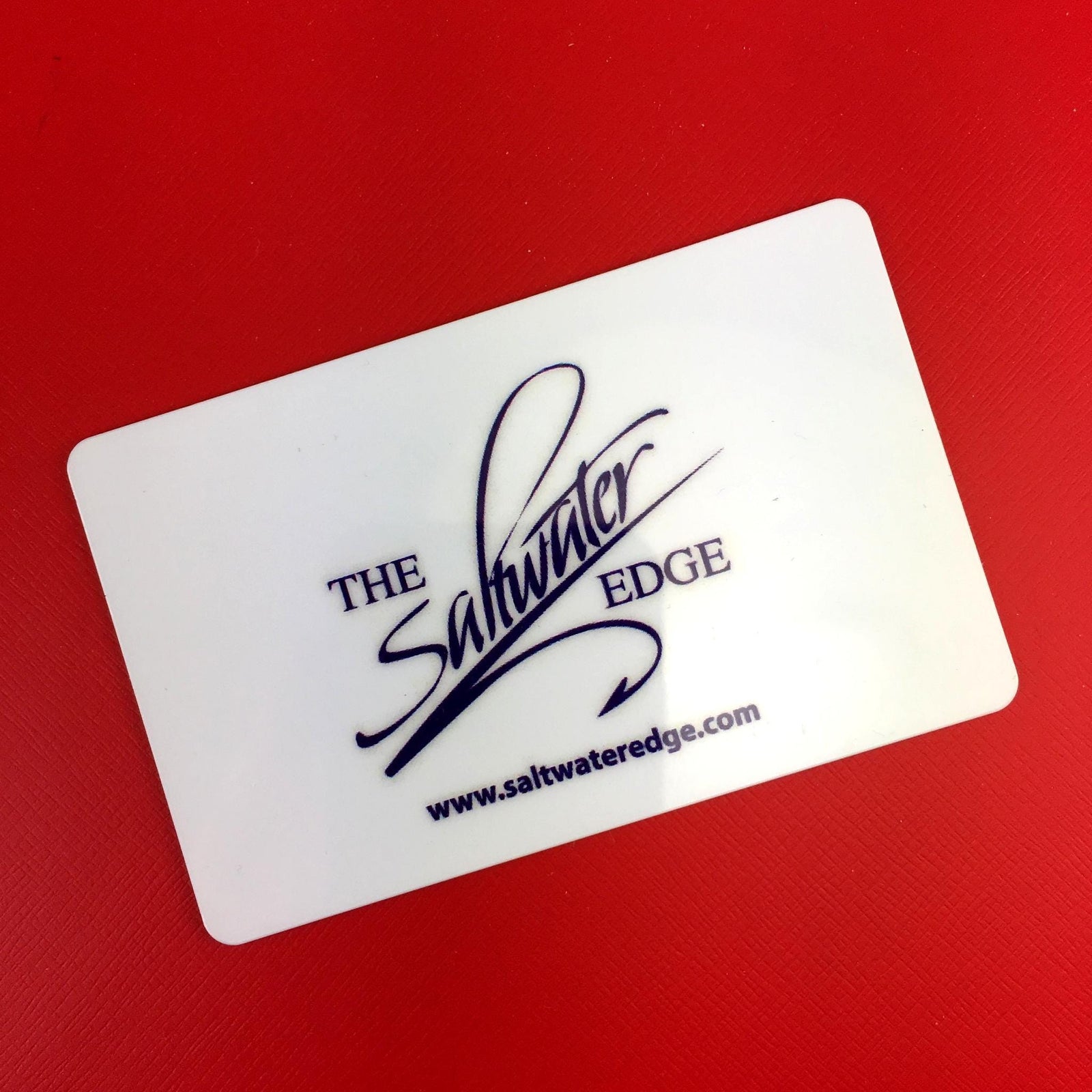
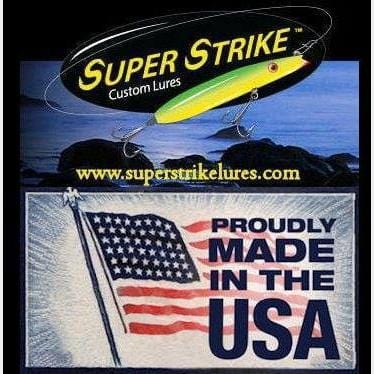

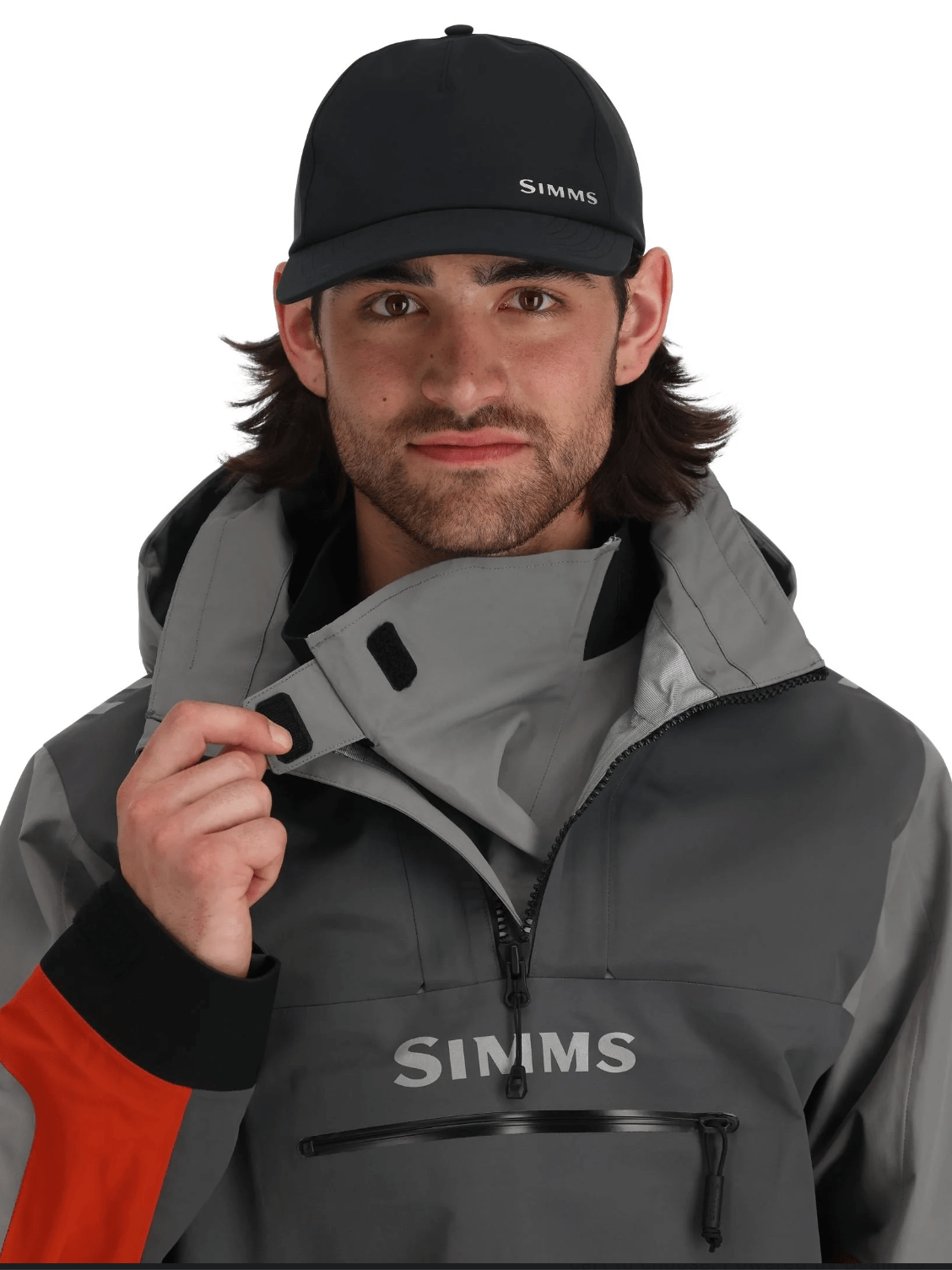

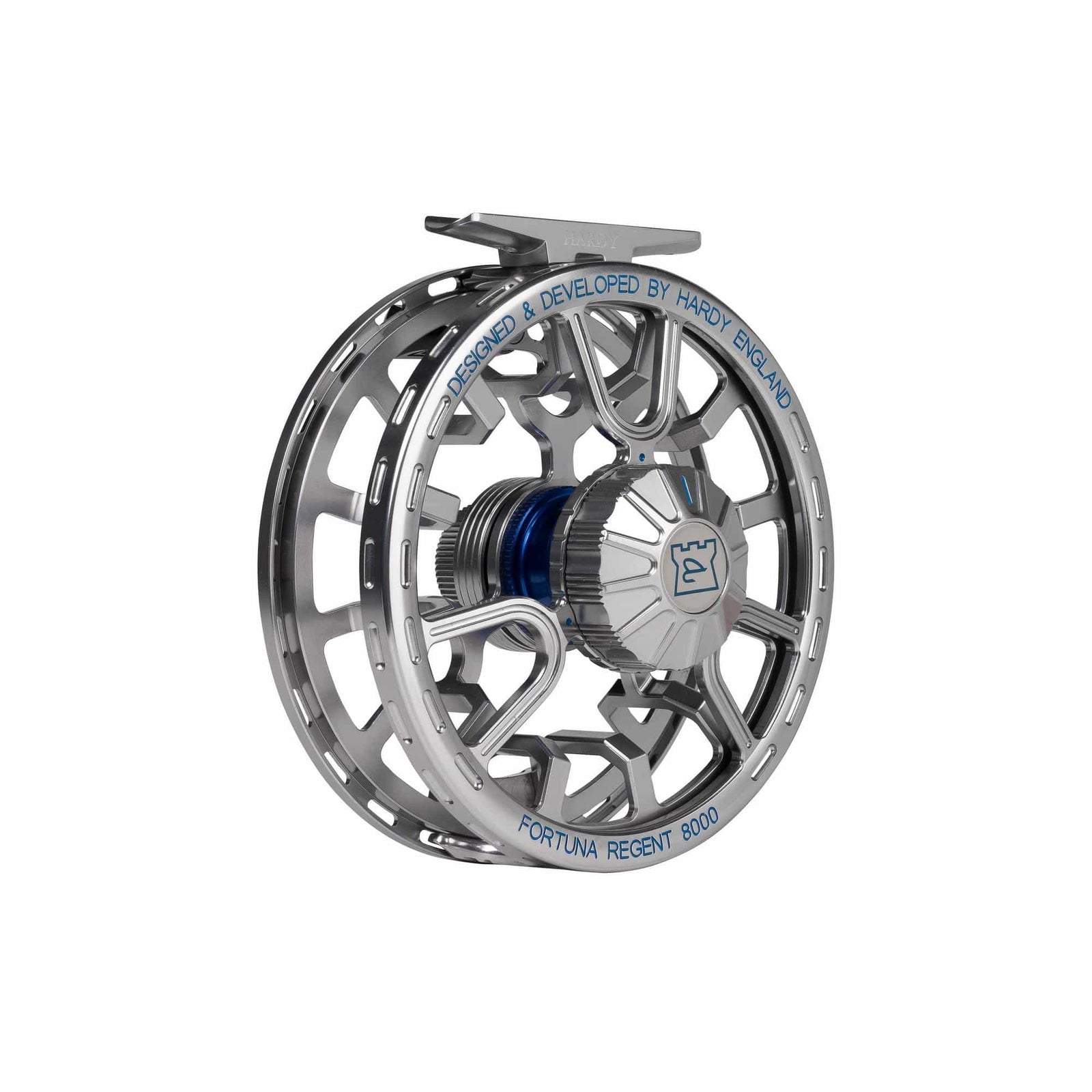
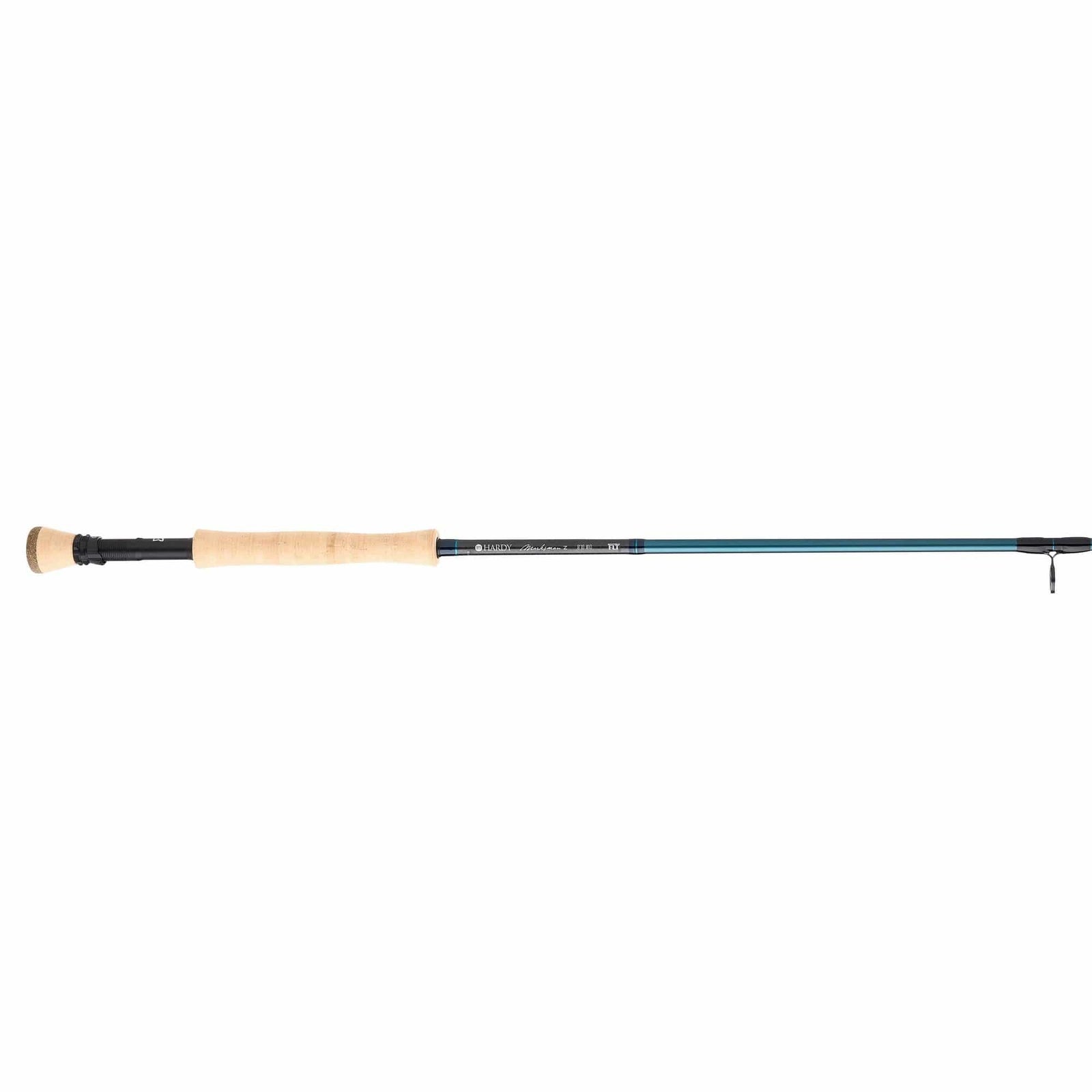
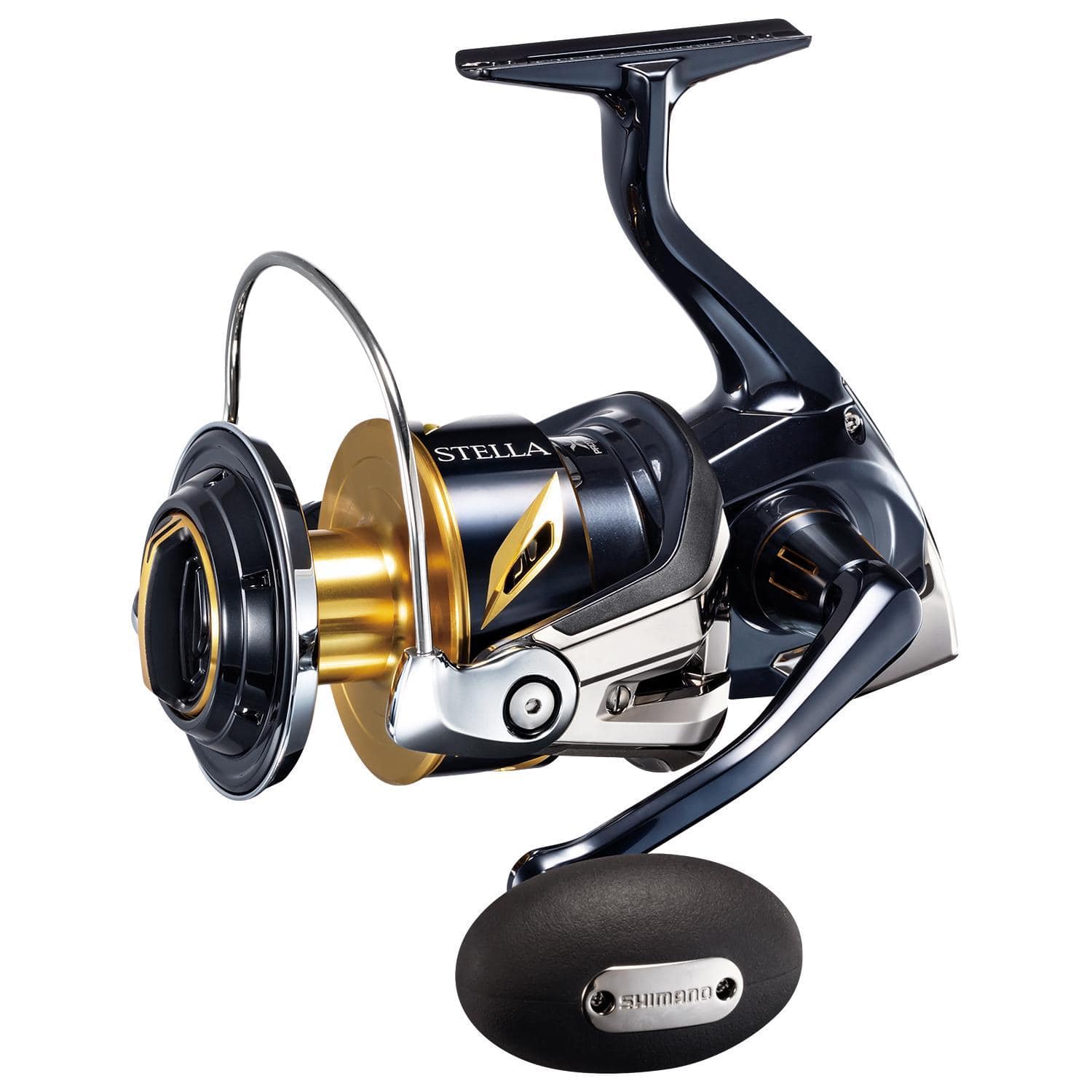
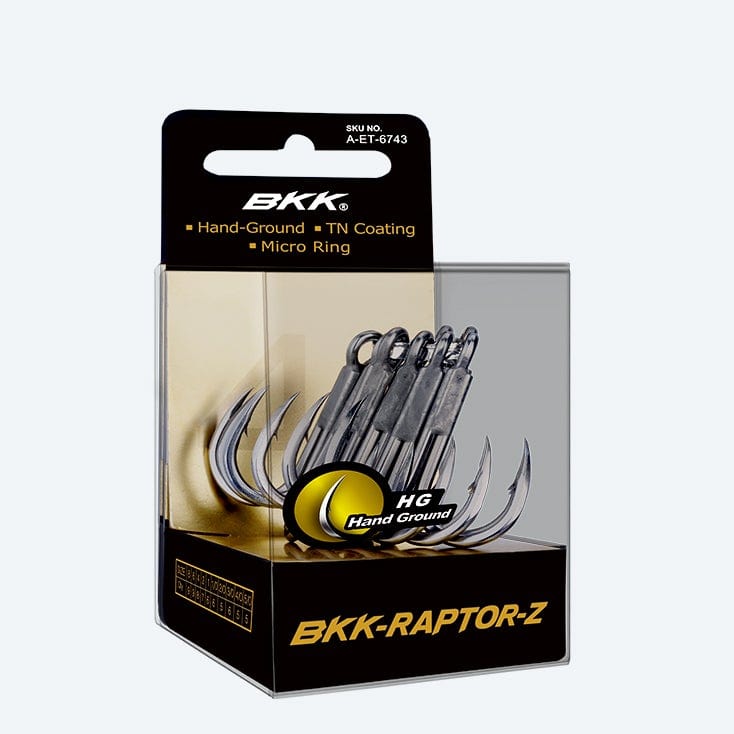
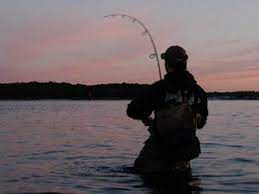
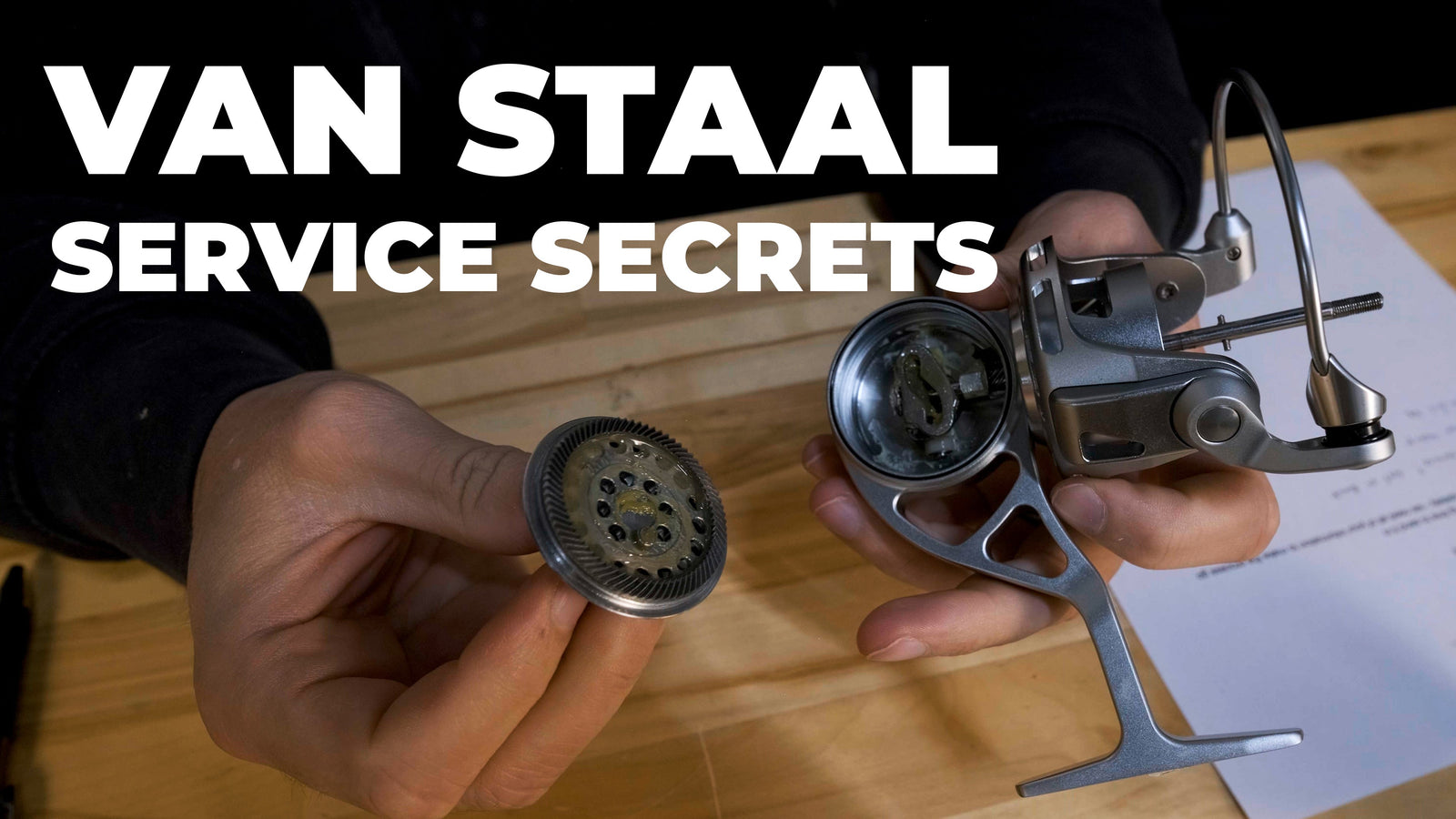


Kevin Strang
November 08, 2023
I’m going to spend an month on Oakaloosa island in Feb my young grandsons 10-14 are coming for a visit
We all love to fish but have 0 experience surf fishing any advice for
us beginners for success?